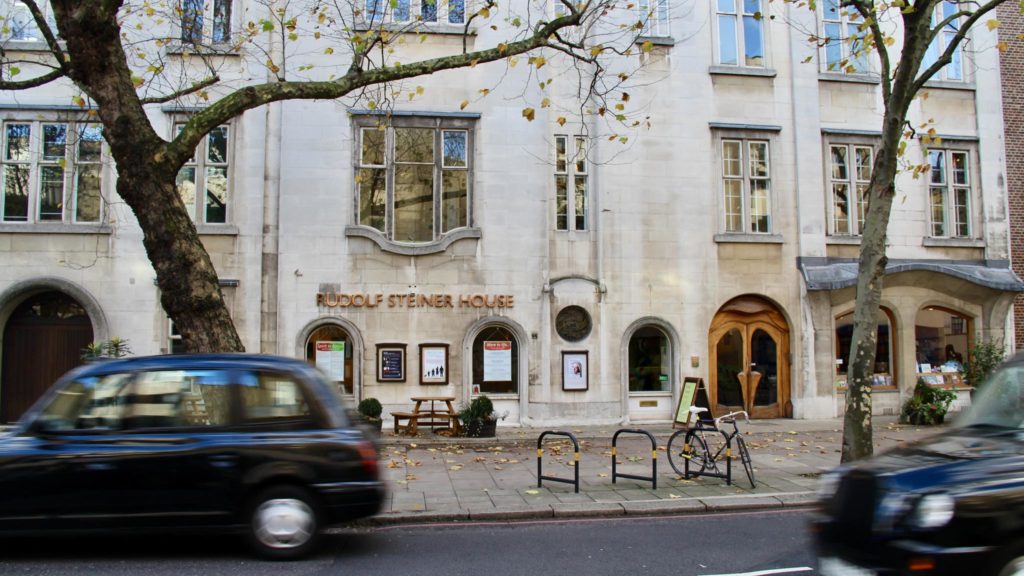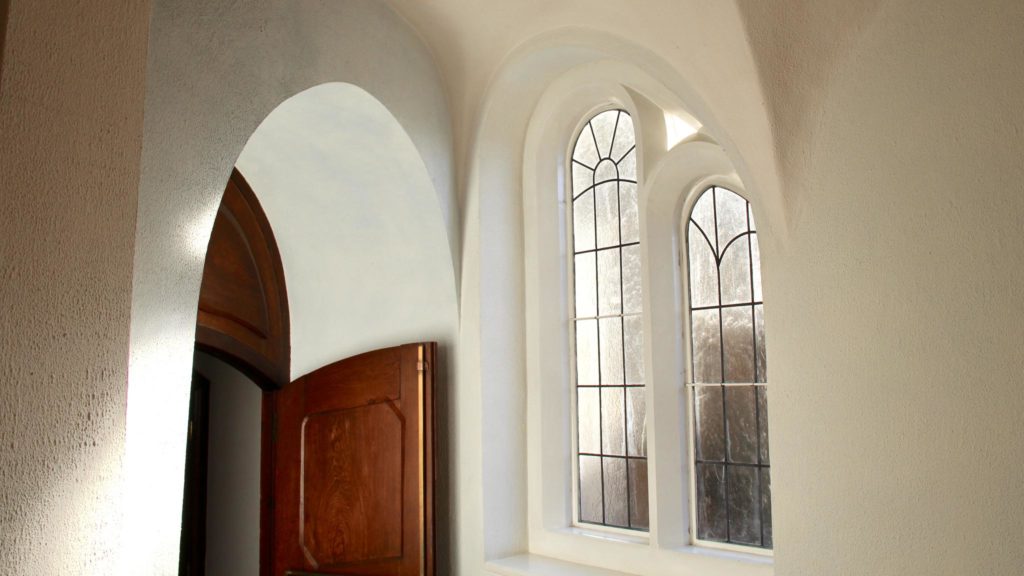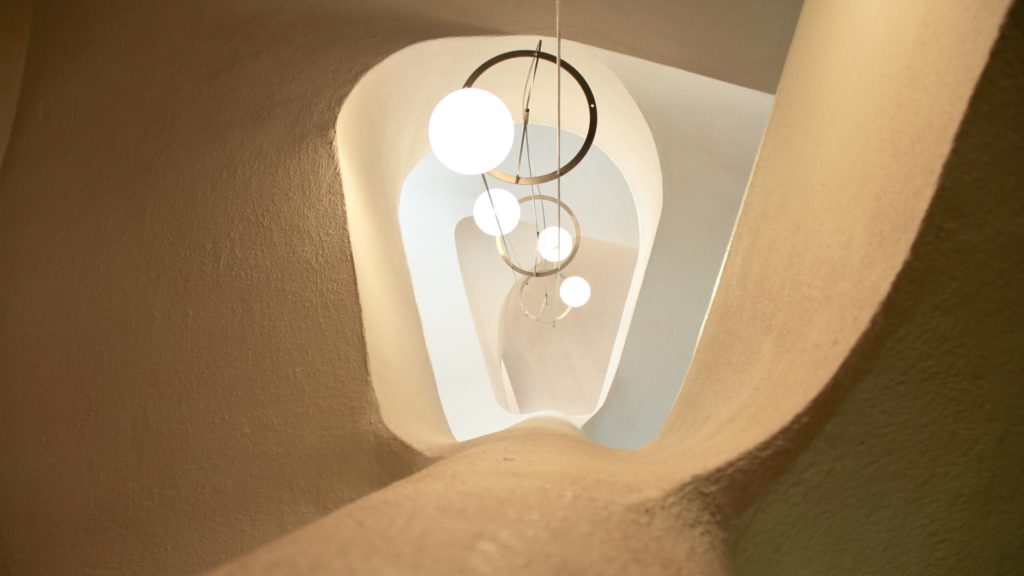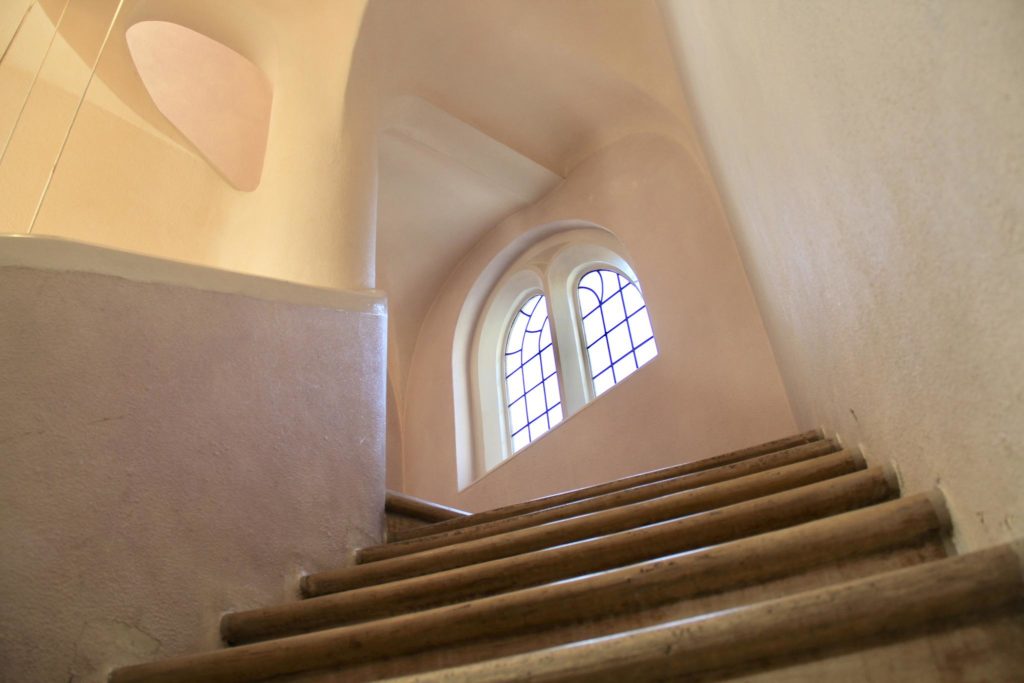About Us
About us
Thousands of people come through the doors of Rudolf Steiner House every year. Some come to take part in the anthroposophically inspired seminars, conferences and events that are on offer. Others come to the bookshop for a warm welcome by our knowledgeable staff and others come to peruse the library and archive, using the study space for research. Still others come to see exhibitions and experience the unique ambience and organic architecture. All are welcome.
At Rudolf Steiner House you can find a spiritually oriented programme of events including:
- Seminars
- Concerts
- Performances
- Conferences
- Workshops
- Lectures
- Study groups
- Courses
In addition our 220 person theatre with its renowned acoustics is available for hire, as are our six additional rooms of varying capacity
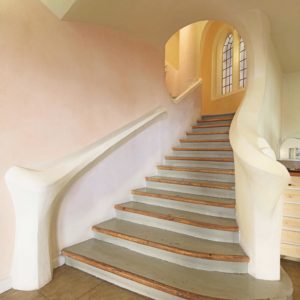
Volunteer
Volunteers are invaluable to Rudolf Steiner House as they enable us to do work that would not otherwise be possible, and often contribute significant specialist capacities and knowledge. We welcome the contribution made by volunteers, and are committed to encouraging more volunteering where possible. We have a wide range of exciting opportunities for volunteers, offering great benefits to those who do.
Possible roles for volunteers at the moment include:
- Theatre ushers
- Meeting and greeting
- Fund raiser
What We Do
Rudolf Steiner House is a hub for contemporary culture in the heart of London offering a programme of spiritually oriented events in a unique and stunning architectural environment. We are also the cultural home of The Anthroposophical Society in Great Britain (see ASinGB below).
Born in Austria, Steiner (1861 – 1925) was a visionary philosopher, lecturer, artist, social reformer, and architect. His initial, fundamental work was philosophically focussed on the reconciliation of science and spirituality. Steiner termed his philosophy ‘spiritual science,’ or ‘anthroposophy,’ the latter meaning wisdom of the human being. Through the development of his holistic and integrative way of looking at the human being and the world, Steiner innovated in a multitude of practical disciplines and fields of work, including education, agriculture, medicine, social care, economics, and the arts.
The activities of Rudolf Steiner House fall within three distinct, but overlapping, domains:
Spirituality > the self
inner development of the self; enhancing consciousness of our humanity and relating to the world
Culture > in collaboration
ethical individualism; bringing the spiritual into social forms; collaborative activities and social expression
Practical & professional life > with responsibility to the world
work in the fields of medicine; pedagogy; agriculture; natural sciences; social sciences; arts and humanities
Anthroposophical Society in Great Britain
“An association of people whose will it is to nurture the life of the soul, both in the individual and in human society, on the basis of a true knowledge of the spiritual world.” – Rudolf Steiner
The Anthroposophical Society in Great Britain (ASinGB) exists to:
- further the knowledge and development of anthroposophy, that is to say the spiritual science which formed the subject matter of the writings and teachings of Dr Rudolf Steiner,
- promote its application in the fields of education, the arts and sciences, medicine, religion, philosophy, social development and welfare, agriculture and otherwise for the public benefit,
- promote the spiritual development of human beings both as individuals and in their relationships with one another in their social and community life, and in the furtherance of such objects (primarily but not exclusively in Great Britain).
It does this through:
- promoting and arranging meetings, study groups, conferences, lectures, concerts, performances, plays and exhibitions (literary, scholastic, scientific, artistic or otherwise)
- printing, publishing and distributing books, periodicals, pamphlets, journals and other literature or printed information,
- assisting in establishing schools, colleges and other educational institutions, therapeutic and medical centres, centres for agriculture, nutritional and other research, for social study and welfare, and for other training, education, instruction, artistic activity and research conducive to the carrying out of the Society’s objects.
Diversity Statement of the Anthroposophical Society in Great Britain
When Steiner gave a lecture to a London audience in 1913, he opened it with the following words:
‘Allow me…to greet you in the warmest way with that deep, inner feeling of unity that belongs to Anthroposophy, and in which all people on earth can unite without distinction of race, colour or any such thing.’
We are open to every human being in seeking spiritual and cultural freedom, equal human rights and fairness in economic life.
We respect our differences, embrace our shared values, and acknowledge the pain experienced by minority communities past and present.
We commit to working together to create a culture for positive change, where views are respected and goodwill celebrated.
CONTACT US
Marjatta van Boeschoten
General Secretary Marjatta@phoenixconsultancy.com
History
Rudolf Steiner House was built between 1926 and 1937 and designed by the architect Montague Wheeler (1874-1937). Wheeler was a partner in the well established practice of Hoare and Wheeler and was a member of the Board of Architectural Education from 1934-7. He was also an active member of the Anthroposophical Society and chairman of the British branch from 1935-7. Rudolf Steiner House was built as the ‘home’ of the Anthroposophical Society in Great Britain.
As its name implies the building takes its inspiration from the work of Rudolf Steiner (1861-1925) and in particular from the first Goetheanum building at Dornach, Switzerland (1914). The first Goetheanum was built of timber and sadly destroyed by fire at Christmas 1922. Its replacement, which is still standing, is built of concrete and whilst different in form, shares the same inspiration. Le Corbusier visited the building during its construction and ‘stood speechless as he surveyed the vast immanence’.
Rudolf Steiner House is the first and only example of ‘expressionist’ architecture in London: the main staircase with its flowing forms and feeling of movement and metamorphosis, is a fine example of this style. The House was built in stages, starting with the theatre and the first floor room behind it, with other rooms being added later. In 1991 the building was Grade 2 listed.
Please feel free to visit the House and take in its unique ambience.

